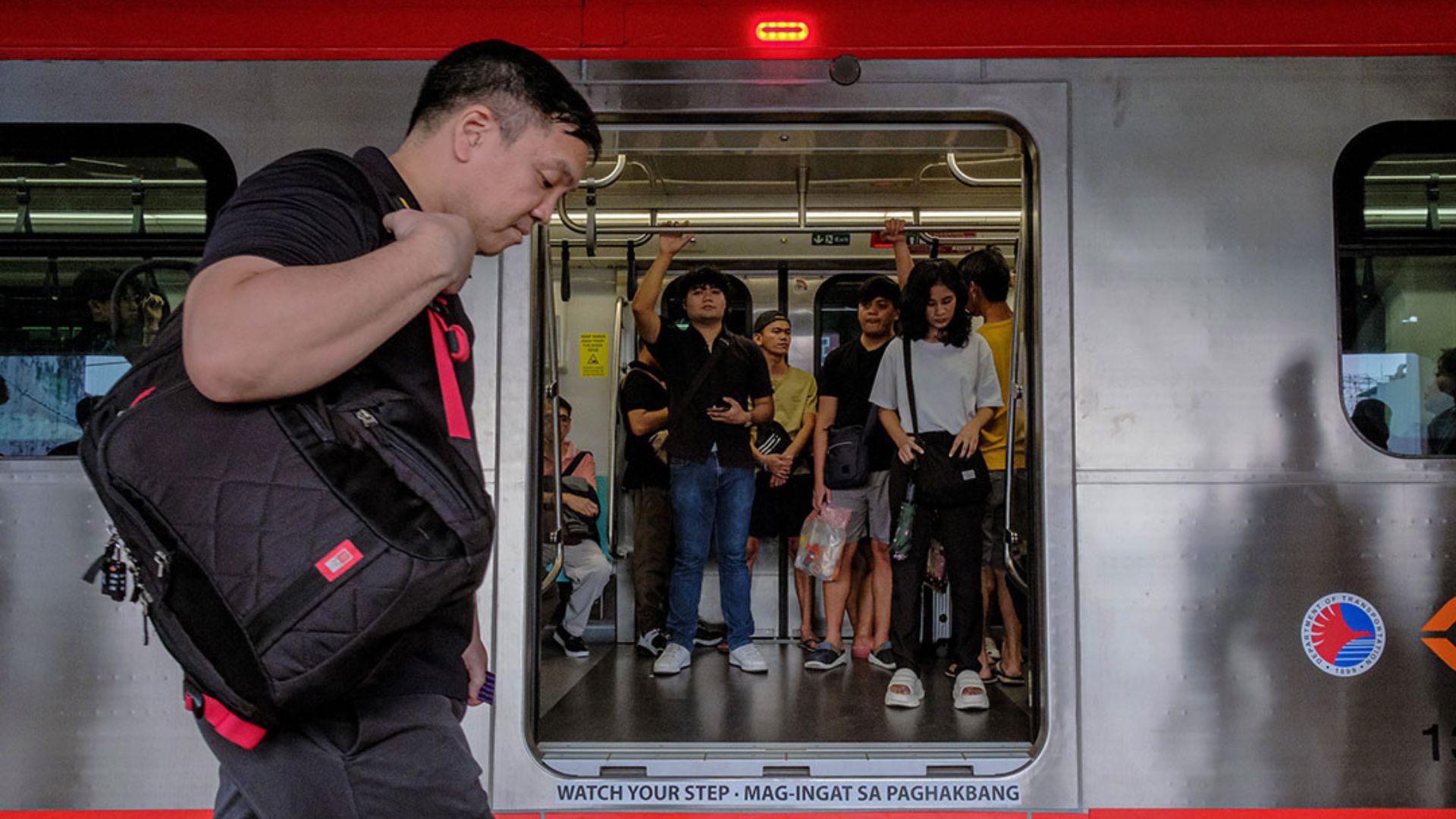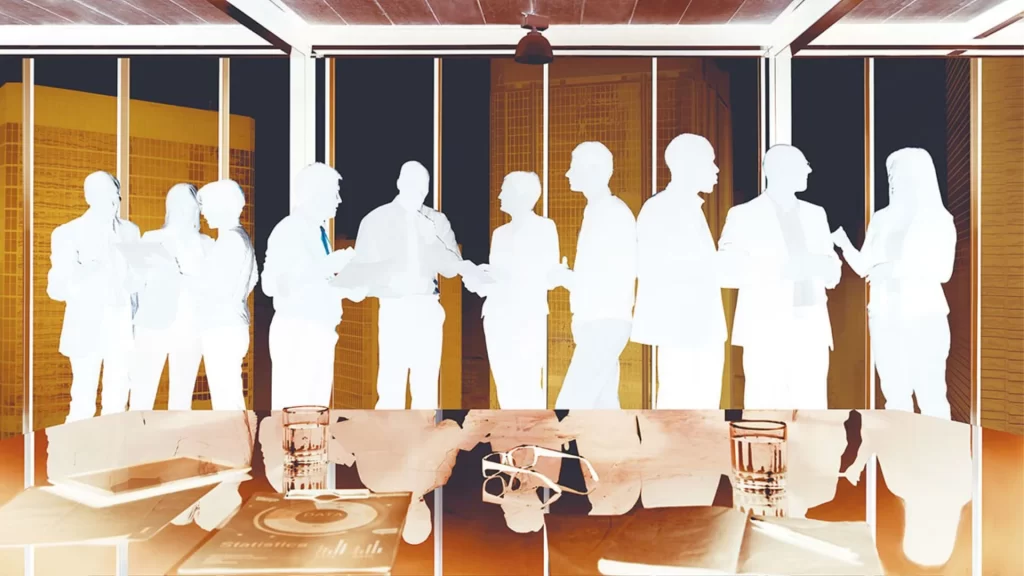
The just imposed fare increase for the Light Rail Transit Line 1 (LRT-1) has been described by critics as “unfair,” “anti-poor,” and “untimely,” as the increase sparked outrage among commuters and labor groups. The Trade Union Congress of the Philippines (TUCP) and Bayan Muna, among others, have denounced the increase, arguing it adds to the burden of minimum wage workers already grappling with.
For its part, Akbayan threatened mass demonstrations if the Department of Transportation (DOTr) does not intervene to halt the fare increase. Others have blamed the privatization deal between the Light Rail Manila Corp. (LRMC) and the government as the root cause of what they say is exorbitantly steep price hikes.
But in the midst of such criticism, we also need to zoom out and see the broader context: the operating sustainability of LRT-1 and the improvements that have been made since LRMC started to manage it as early as 2015.
Since the assumption of LRMC in operating the line, the LRT-1 system has become significantly more efficient and much more reliable. For one, it has made significant improvements by rehabilitating the existing system and extending the LRT-1 system at a cost of P36.3 billion. Among others, the private sector partner of the Department of Transportation has increased the number of functional light rail vehicles from 77 to 144 trains; there is almost 100% system reliability in operating LRT-1 which shows that LRMC provides continuous, smooth and safe operations to all commuters; it has updated the 40-year-old operating systems; and the biggest improvement is the completion of Phase 1 of the Cavite Extension Project, which expands LRT-1’s reach, relieving traffic congestion in the metropolis.
FARE HIKE’S SUSTAINABILITY IMPACT
This most recent fare adjustment — approved by DOTr and which took effect on April 2 — is just the second fare hike granted within the life of the agreement between LRMC and the DOTr. Based on records, LRMC has already spent sizable investments upgrading the LRT-1 system and yet it has only increased fares once since 2015. This fare hike will enable LRMC to continue with its current initiatives to further upgrade the transit system, through enhancements to station amenities, train maintenance, and infrastructure developments that will serve the riding public.
Clearly and simply put, if you don’t have enough money, you can’t sustain those improvements. Commuters, especially those who use the service on a daily basis, would once again have to deal with longer waiting times, more frequent breakdowns, and old facilities, which were the sorry state of affairs before LRMC stepped in, when fares were not calibrated correctly.
But critics say the fare increase unfairly hit poor and working-class commuters, and this misses the point about the long-term value of a good functioning railway system. In reality, it is the ordinary daily passengers of the LRT-1 service, particularly those who utilize the train as their main mode of transport, who bear the brunt of any disruption. Ordinary commuters would benefit from a more efficient LRT-1 that runs on time — and are not forced to take time-consuming, less efficient, more costly modes of transportation such as buses or jeepneys.
On a short-term basis, fare increases may be financially strenuous for passengers, but they lead to the provision of more dependable service in the long run which results in savings and decreases in costs. A reliable train network leads to less surprises in your trip time, shorter wait times, and less reliance on taxis or buses as alternative transportation, all of which lead to more predictable and cheaper commuting costs.
As previously reported, many protest groups believe privatization is also the primary reason for the fare hikes and have requested a review of LRMC’s contract. They say government control of the railway would end what they consider price-gouging. But this claim does not account for inefficiencies in the way operations are run when government-run rail systems are underfunded.
While these sectors claim that the fare hike will simply redound to serve the corporate interests of the company, the hard truth is that the added revenue will mainly directly support and sustain LRMC’s capacity and ability to provide necessary system maintenance, expansion, and service quality improvements.
Evidently, improvements would not have been possible under purely government-controlled operations, given the inefficiencies and red tape historically associated with state-run transport systems. Privatization ensures long-term investments, improved service quality, and system sustainability — something that would not be achievable under a purely government-subsidized model.
From this vantage point, the opposition to privatization is ideological, not practical. If we remove private sector participation, where will the government find the funding to maintain and expand our transit infrastructure? Relying on government subsidies alone is unrealistic and will only lead to delays, mismanagement, and a return to the inefficient, breakdown-prone system of the past.
Additionally, government-run transit systems in developing countries often suffer from mismanagement, bureaucratic bottlenecks, and political interference. LRMC, as a private operator, prides itself on working under a performance delivery framework whereby profitability is directly related to an efficient and high-quality service. This way, you can combine financial discipline with the public spirit, which guarantees that everything remains sustainable and accountable — as opposed to the slow-moving, government-run machine of the past.
It should also be noted that LRMC cannot unilaterally increase fares. Fares may change with DOTr approval and are always considered closely before being implemented. The belief that “privatization results in fare hikes” fails to take into account the role of regulatory oversight in shaping fare-setting policies and is therefore an oversimplification.
Ultimately, the government and its private sector partners walk a tightrope of sustainability and affordability.
Even at a time when the focus should be on affordability, the push toward sustainable operations is critical, and the fare increase is one of the main steps in that direction. The LRT-1 is an efficient mode of transport for many thousands of daily commuters and thus serves the purpose of decongesting the roads and reducing carbon emissions through decreased dependence on cars.
Though it may not endear the LRT-1 to the riding public, the fare increase has become necessary to maintain and improve service on the LRT-1. But to keep the LRT-1 operational, it’s not all about increases in fare; it’s about empowering the riding public with superior, agile, and responsive transport in the light of the deteriorating mass transit situation of Metro Manila commuters.


